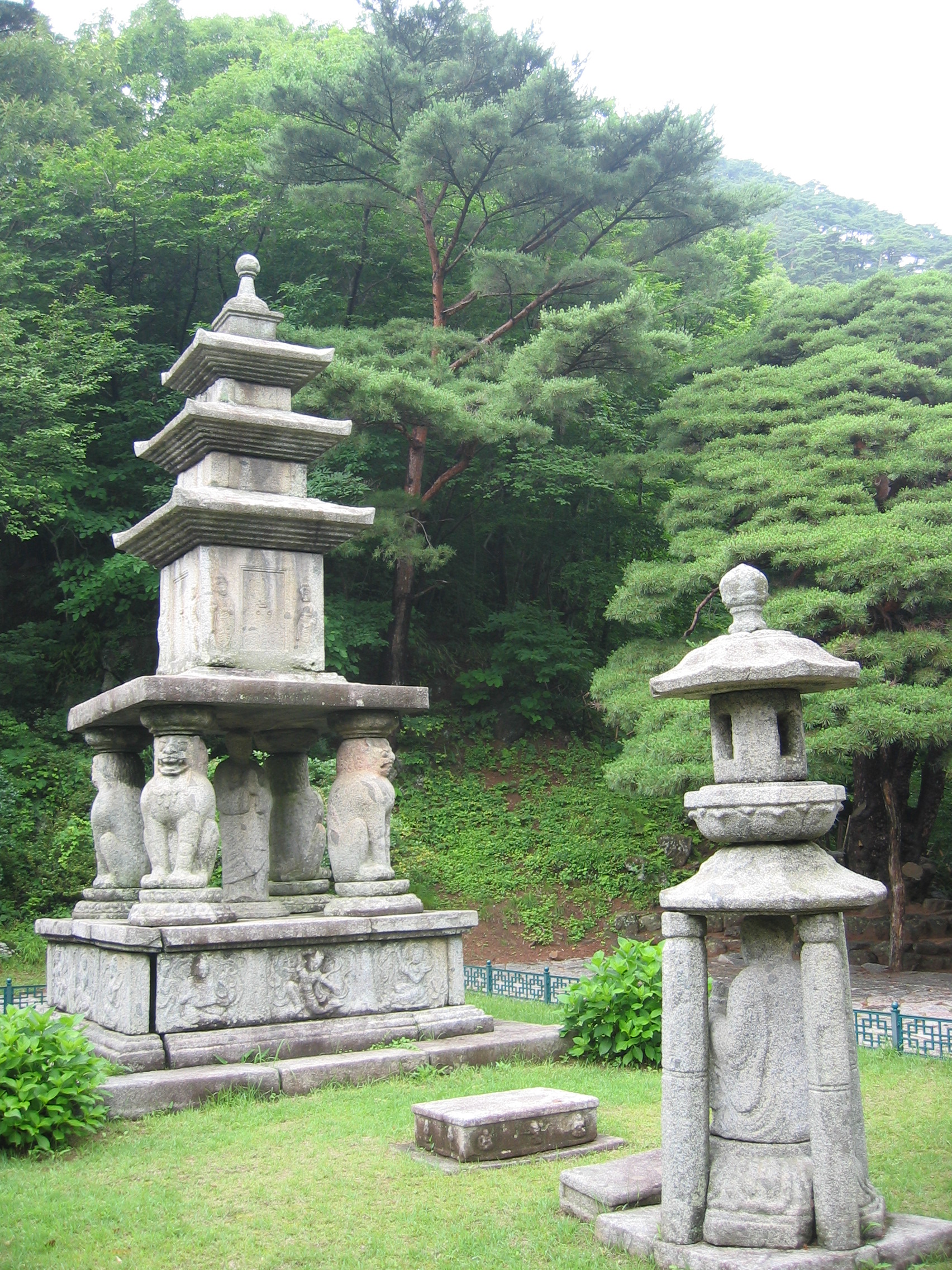Anapji artificial pond in Gyeongju
Part of Palace conplex of Ancient Silla
constructed by order of King Mummu
674CE
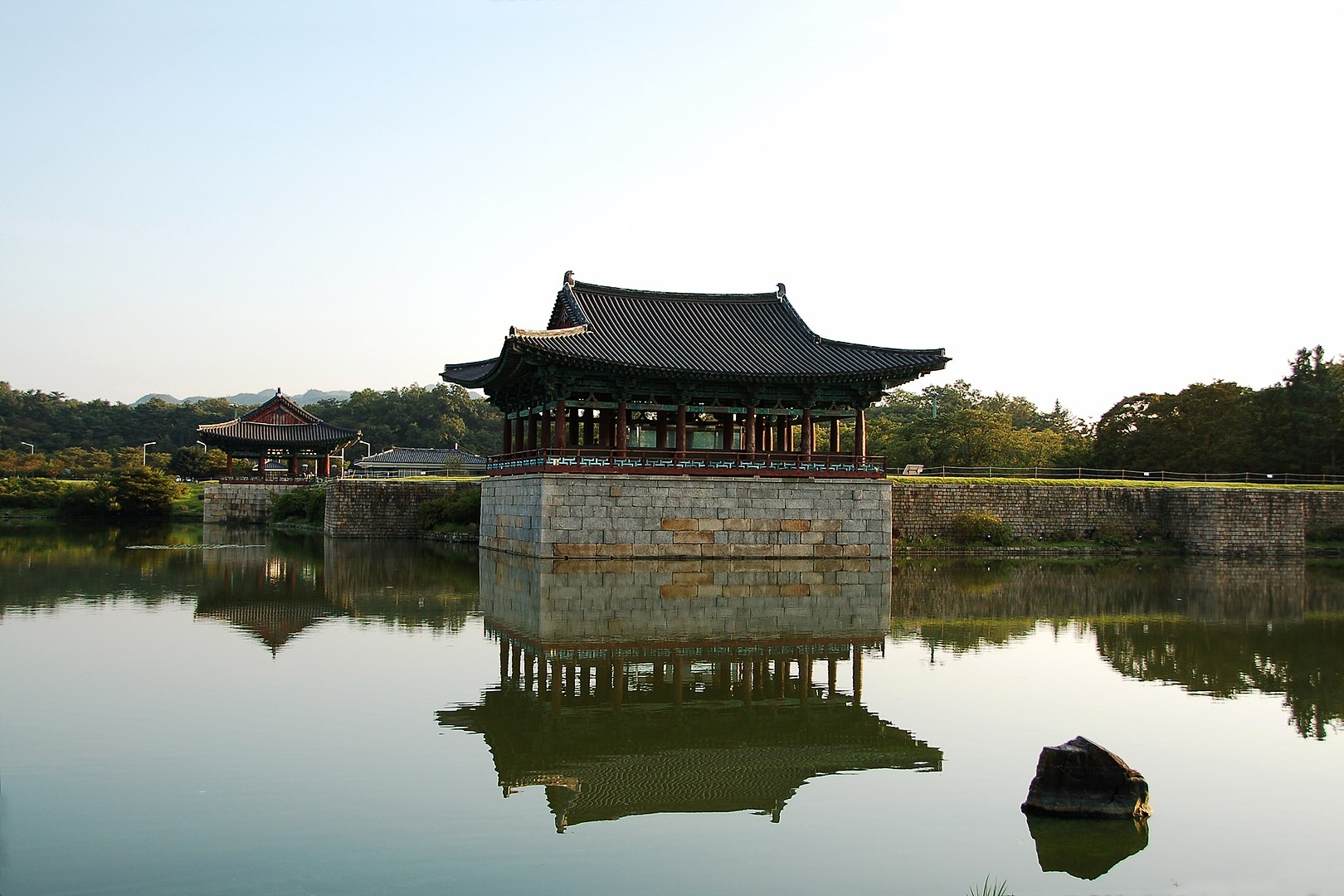
The North-South States period, spanning from 698 to 926, was a time in Korean history characterized by the division of the peninsula into two rival states: Later Silla and Balhae. This period followed the end of the Three Kingdoms period, which saw the unification of the Korean Peninsula under Silla in alliance with Tang China.
Later Silla (668–935): Silla, having unified the Three Kingdoms of Korea in 668, entered into what is referred to as the Later Silla or Unified Silla period. This era was marked by cultural flourishing and the establishment of a centralized bureaucracy inspired by Tang China. However, Later Silla faced internal strife, regional lords’ rebellions, and difficulties in maintaining control over the northern parts of the peninsula.
Balhae (698–926): Balhae was established by a former Goguryeo general, Dae Joyeong, after the fall of Goguryeo to the Silla-Tang alliance. Balhae emerged as a successor state to Goguryeo and claimed territories in what is now northeastern China and the northern Korean Peninsula. It was a multicultural and prosperous kingdom that maintained active diplomatic and trade relations with neighboring states, including Japan and the Tang dynasty. Balhae is known for its achievements in art, culture, and its own unique system of governance.
The North-South States period ended when the Goryeo dynasty unified the Korean Peninsula in 936, absorbing the remnants of Later Silla and eventually Balhae’s territories, leading to a new chapter in Korean history.
The division during the North-South States period is significant for several reasons, including the ongoing development of distinct cultural and political identities in the Korean Peninsula, the interaction with neighboring states, and the challenges of maintaining unity and sovereignty in the face of internal and external pressures.
Anapji Pond in Gyongju
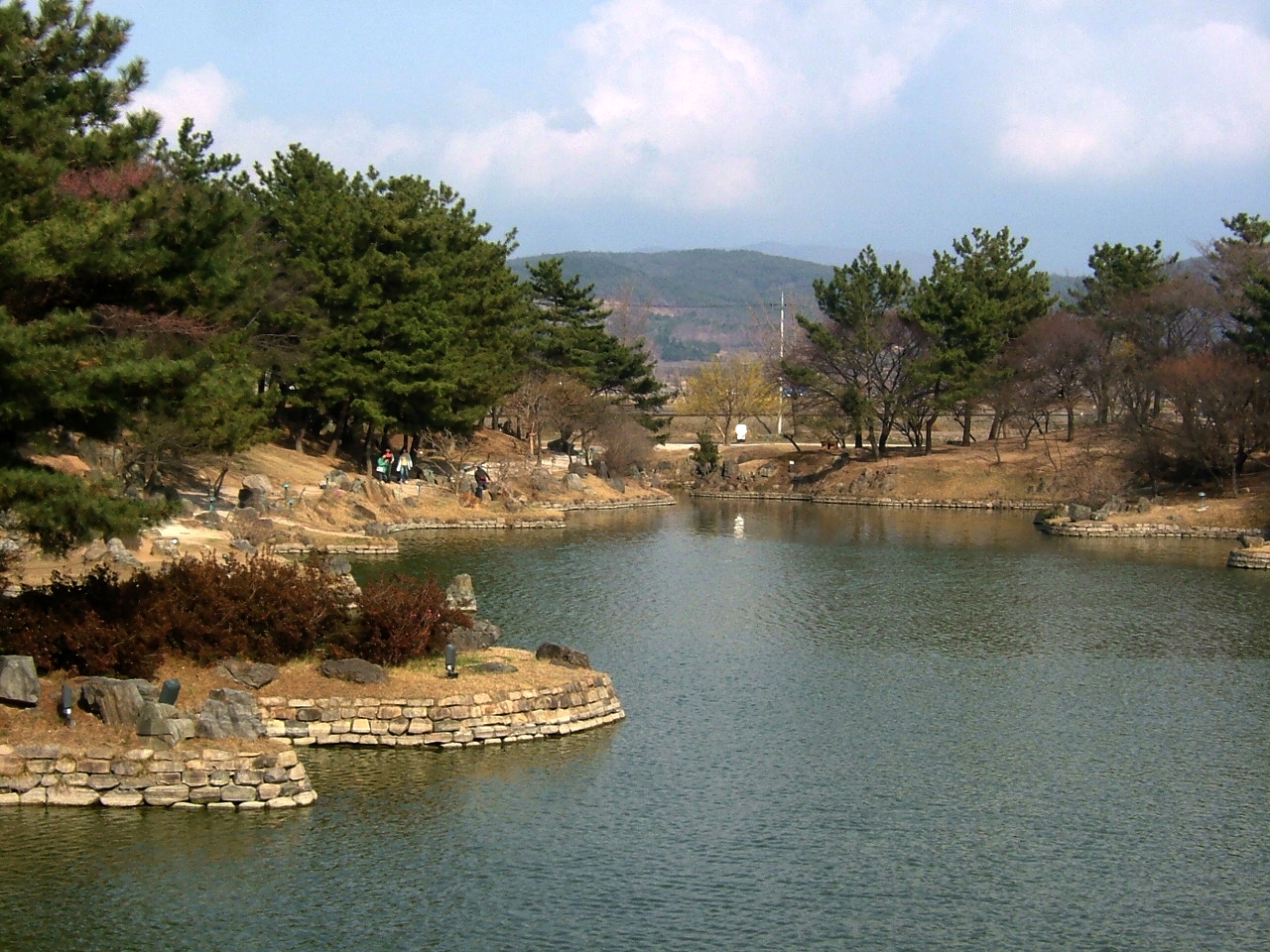
Dabo Pagoda
A national treasure
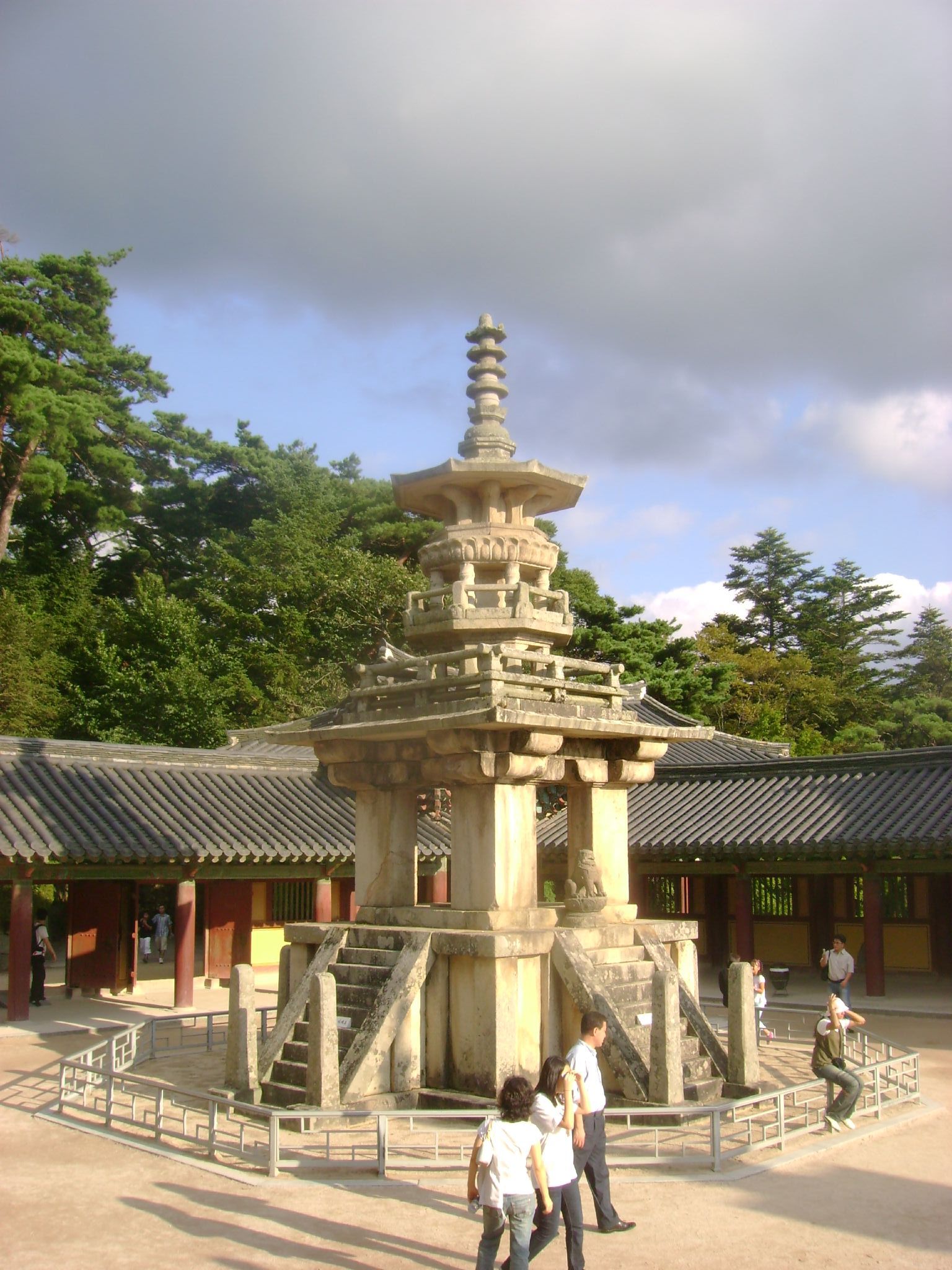
Details of wooden construction reconstructed from archaelogical remains recovered from a dredging of Anapji Pond
Gyoengju National Museum
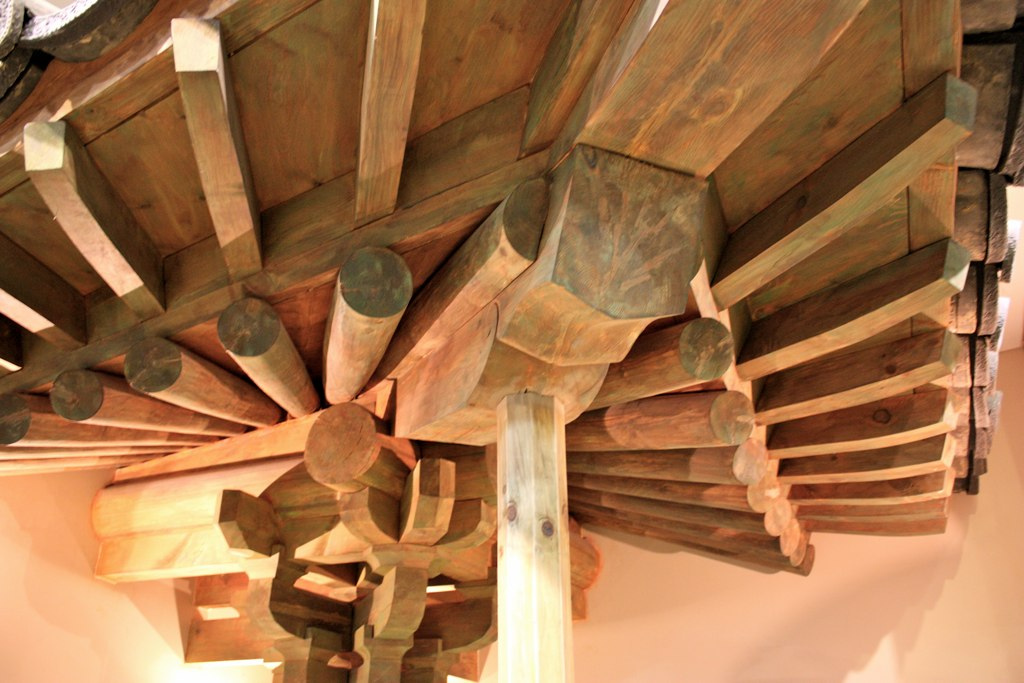
End tile detail
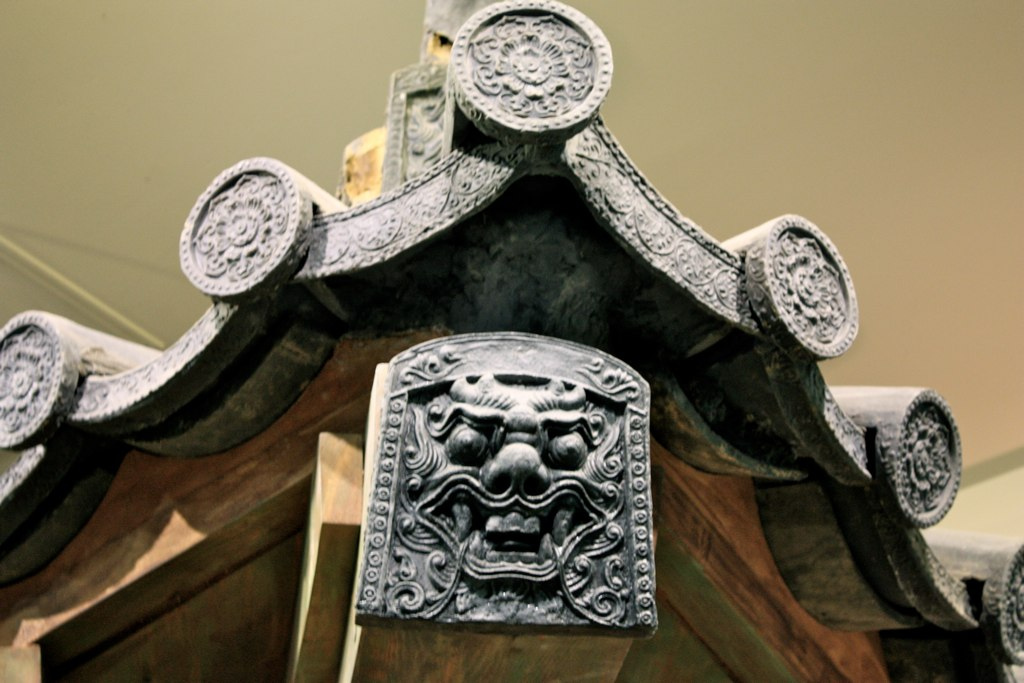
Granite Memorial Stupa carved in the shape of an eight sided roof
National Museum of Korea
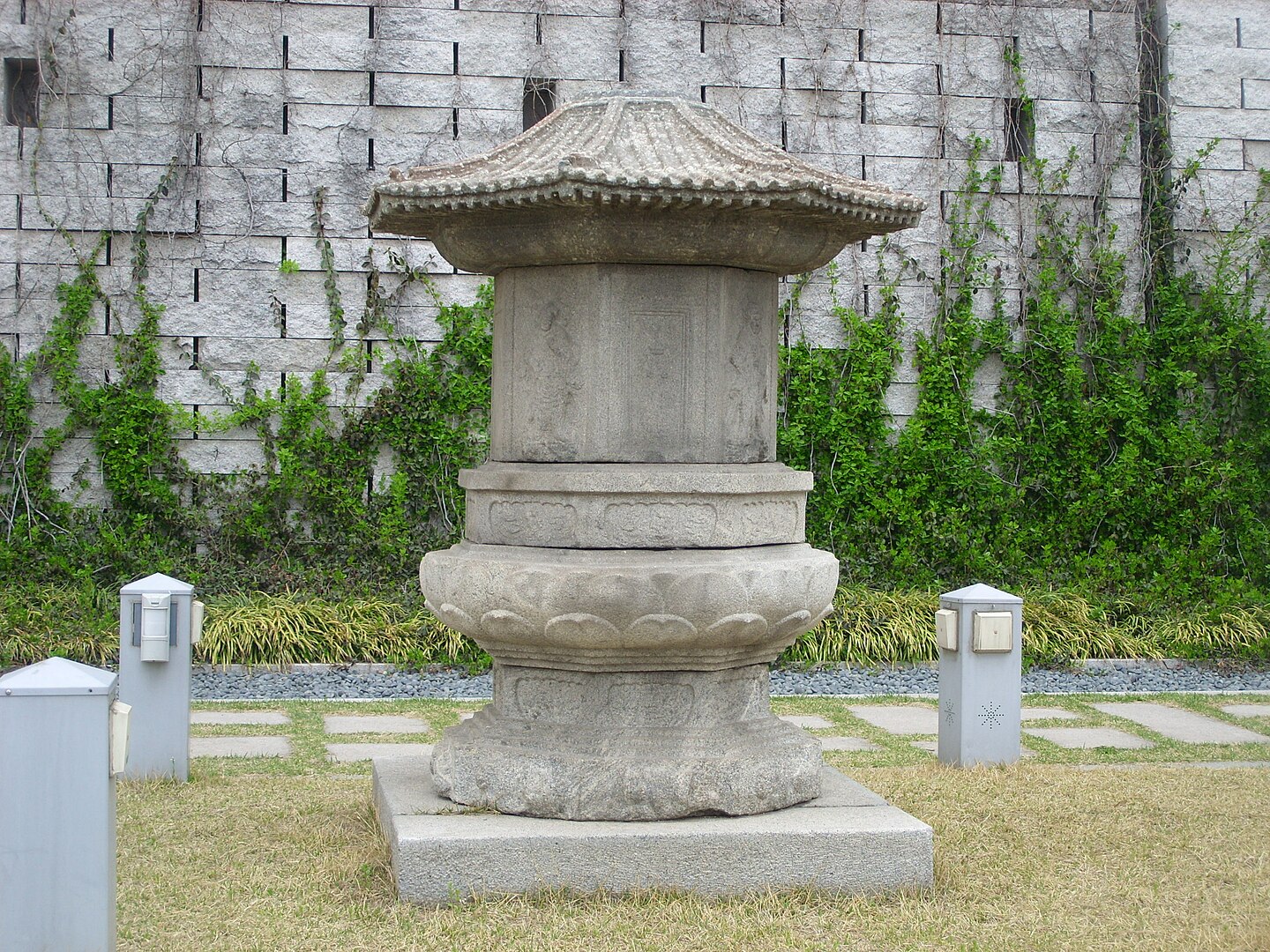
Gyeongju Poseokjeong
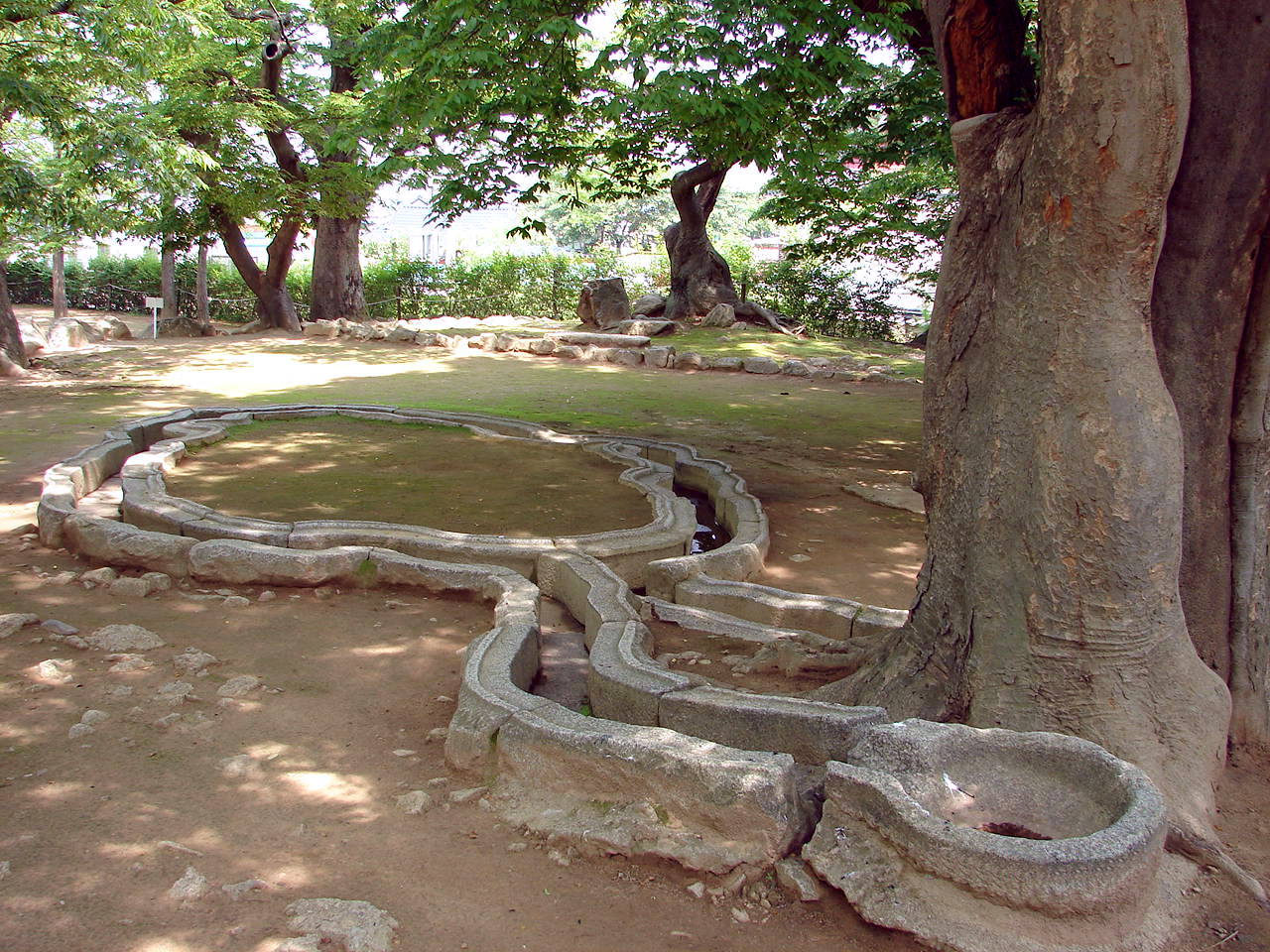
Lotus Flower Bridge and Seven treasures bridge
Bulguksa
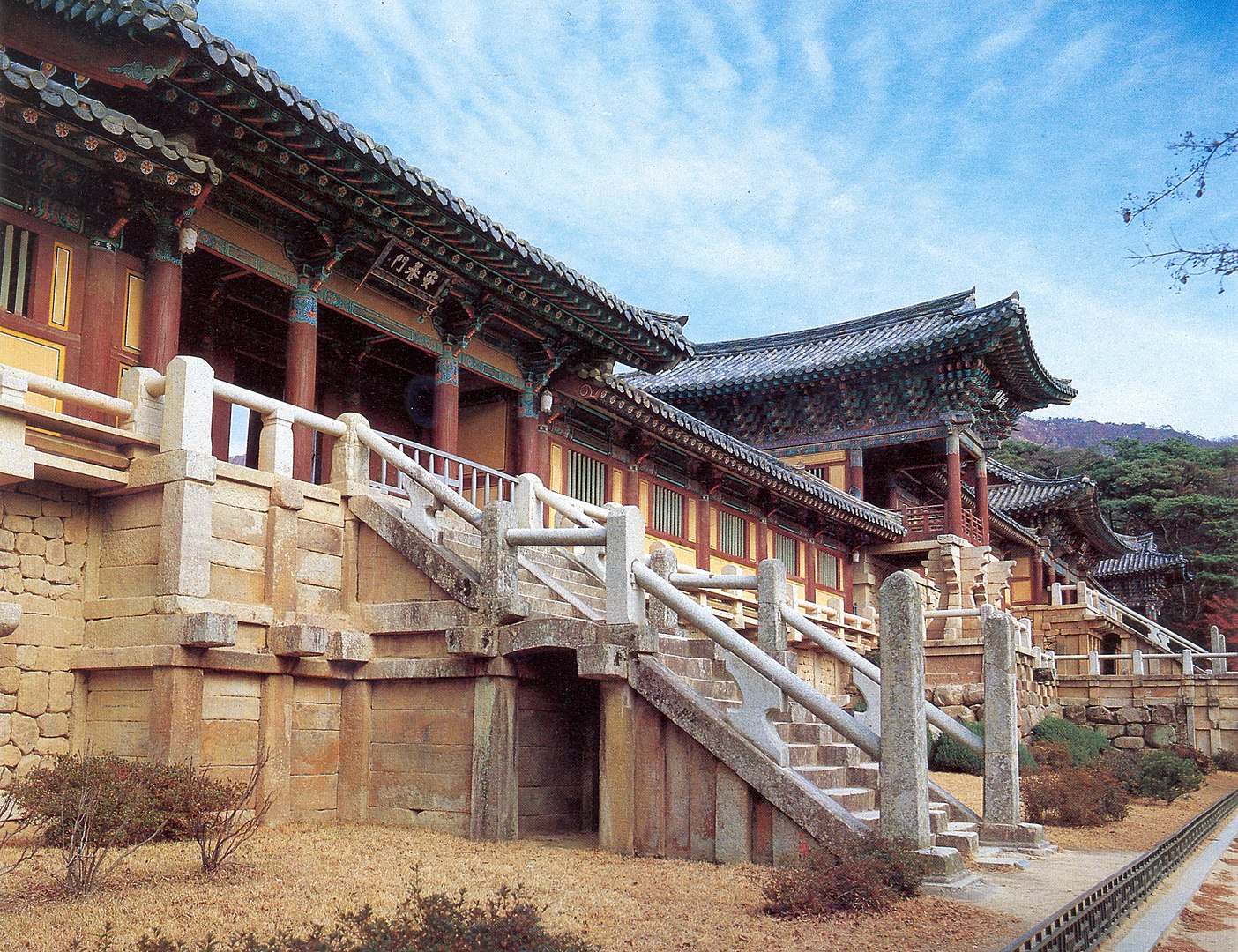
Model Reconstruction of Anapji Pond Royal Complex
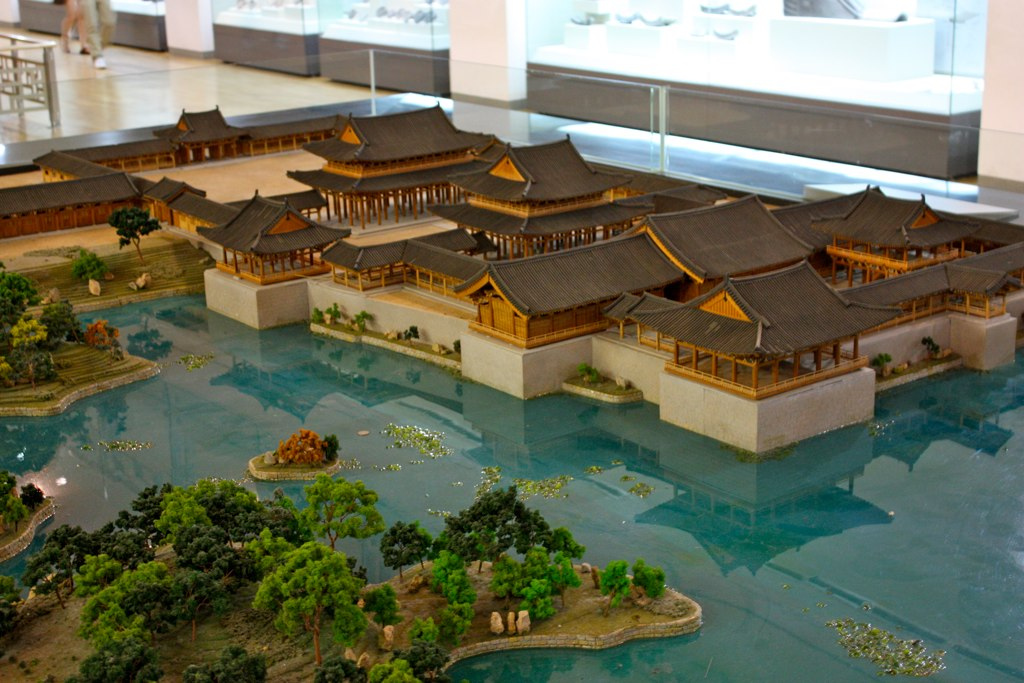
Pagoda
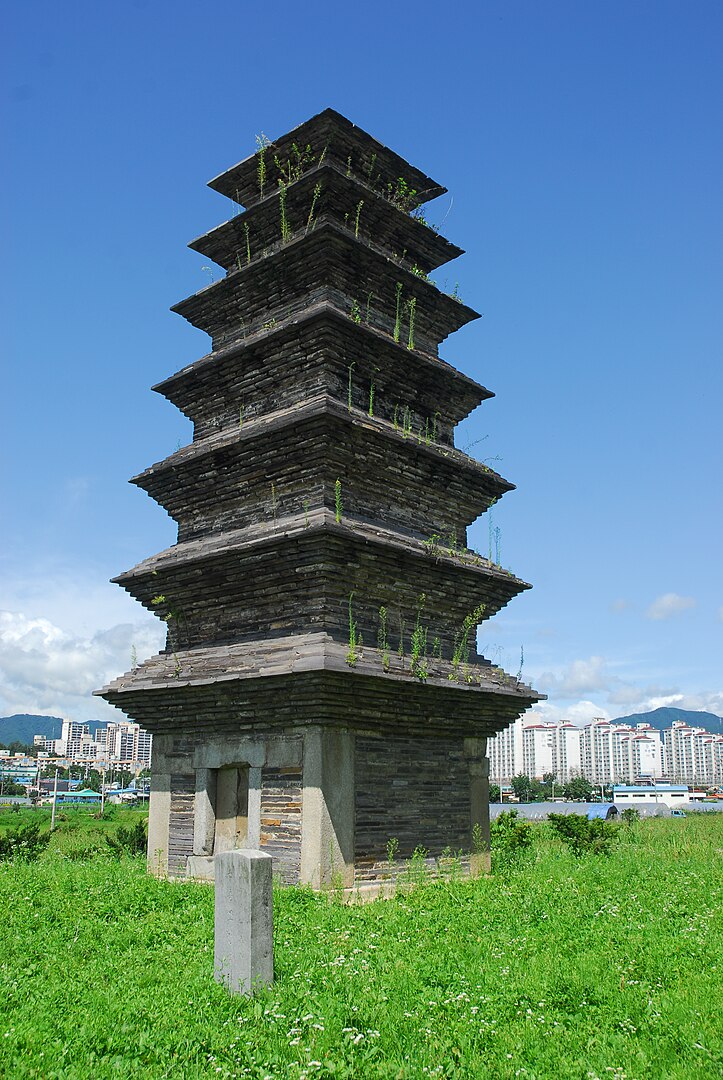
Roof end tile shaped like an owl’s tail Chimi
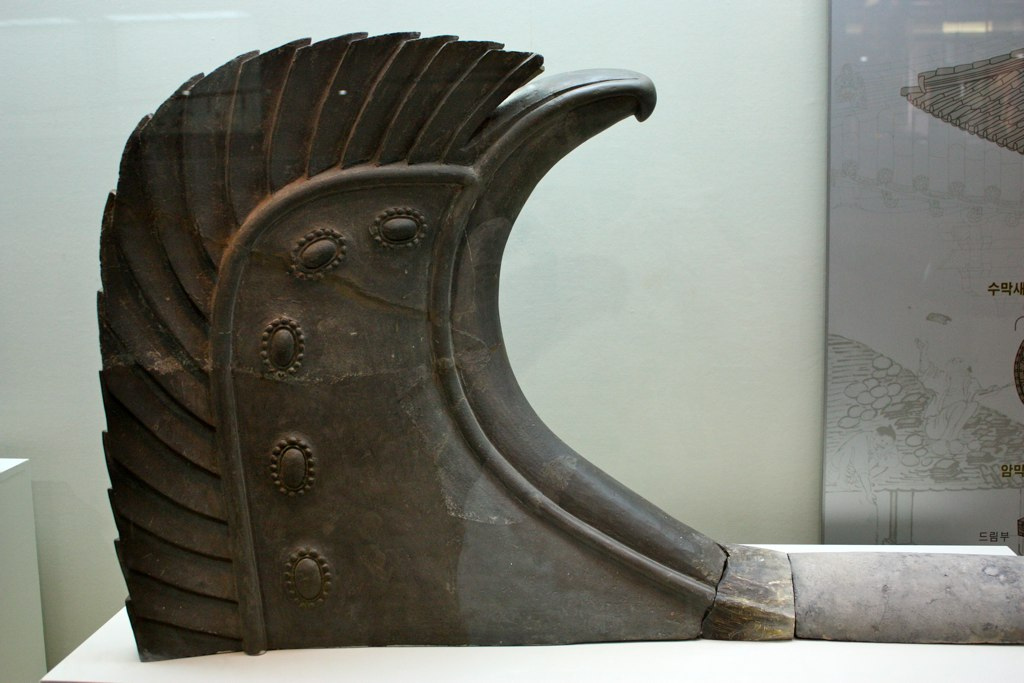
Seokguram grotto a
Unesco world heritage stie an artificial granite cave
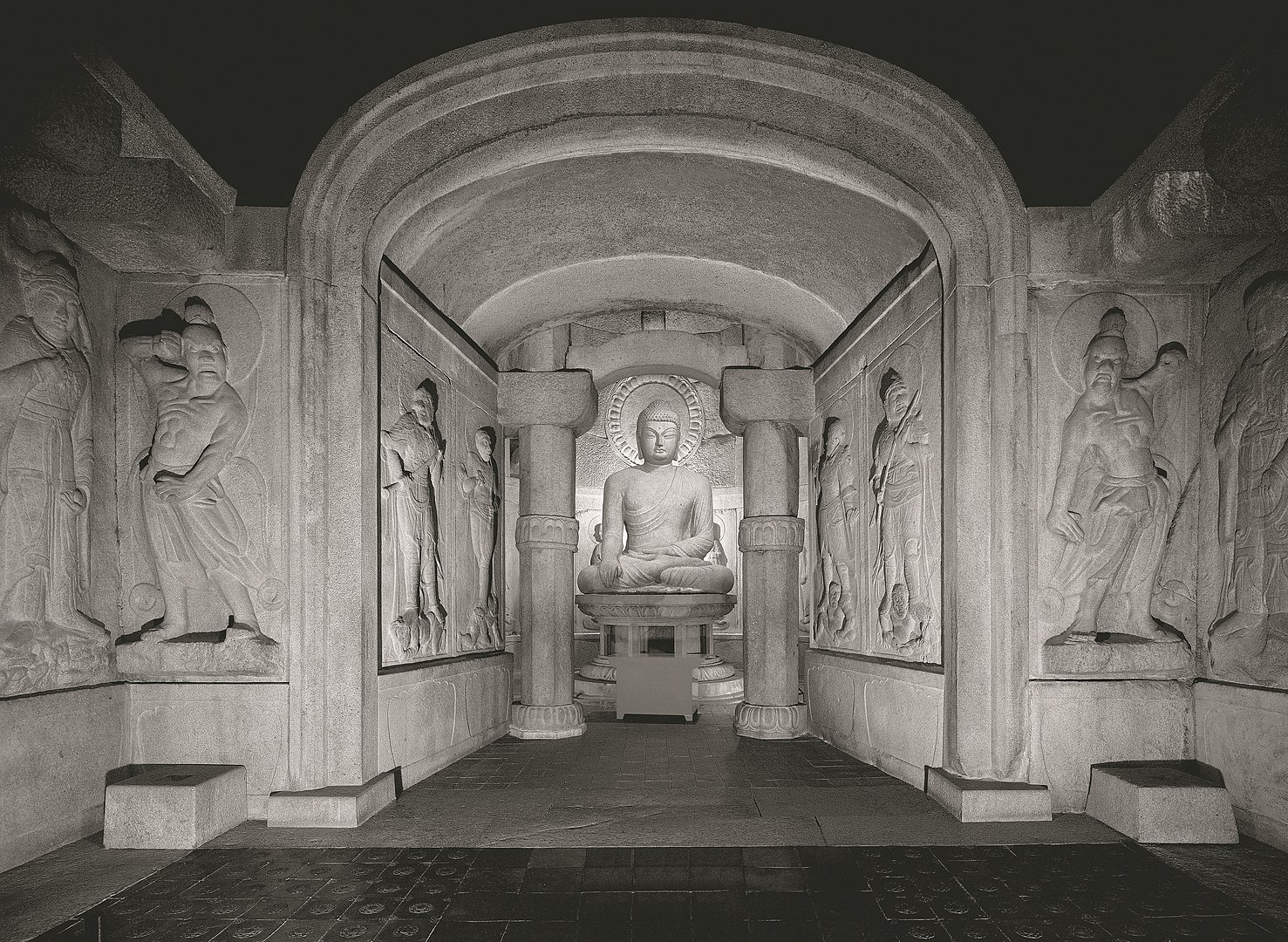
Seven story Pagoda Tappyeong-ri Chungju 796
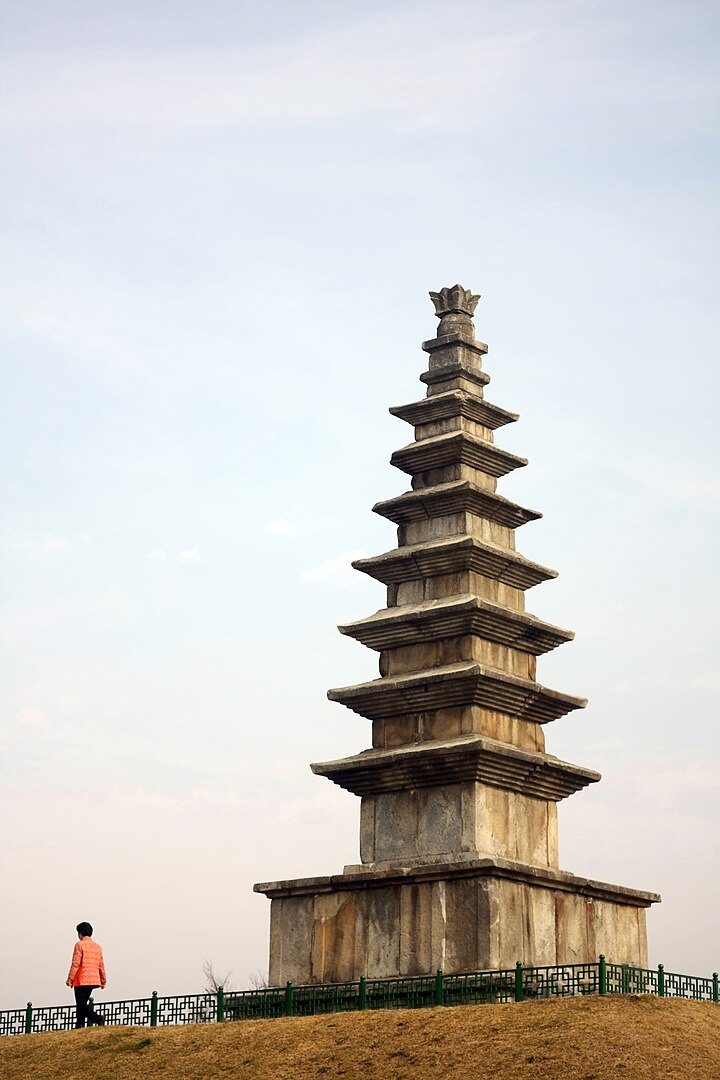
The Lion Pagoda of Hwaeomsa of four lion three story stone Pagoda is located at the South Korean Buddhist Temple of Hwaeomsa in Gurye County Jeollam-do
